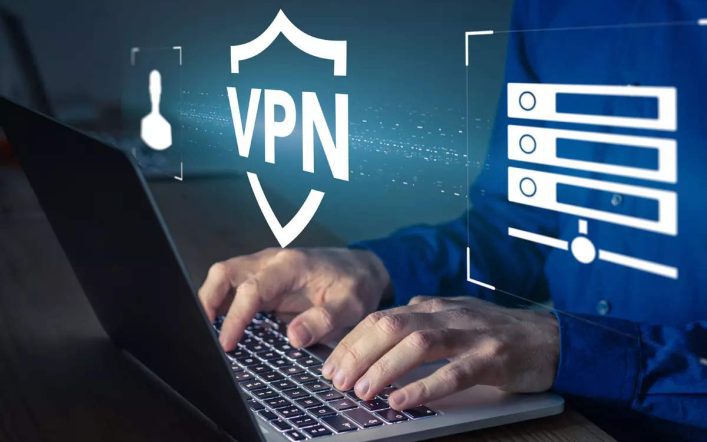How to Host An Effective Compliance Training In A Virtual Classroom

Face-to-face training has become exceedingly difficult, as the majority of employees now choose hybrid work modes. Compliance managers favor classroom-based training on compliance. But both compliance officers and staff members can gather, converse, ask questions directly, get straight answers, and even engage in group projects in the online mode. Let’s talk about compliance training a bit before hopping into the steps of having effective compliance training virtually.
What is Compliance Training?
Employees in compliance training are informed about the laws, rules, and corporate policies that are relevant to their day-to-day duties. In other words, this training assists office staff in knowing how to perform their job in a way that complies with all the laws and regulations of the company. This training is intended to keep everyone in compliance, covering anything from the safe handling of dangerous products to a hostile environment.
The majority of businesses demand that their workers complete all required compliance training during their probationary period and then renew their compliance certifications annually. This is a simple technique to inform employees of any changes and ensures the employers that every staff member is aware of what is expected from them.
Why invest in Virtual classroom-based compliance training?
- Lower expenses: Traditional classroom-based courses are expensive, whether they include compliance training or not. If the number of employees you will be training is lesser and fit in one area, it will be a waste to have large training centers. But when the training is done online, there is nothing to worry about booking a classroom or a hall or even traveling to the training spot. Thus saving time and expenses.
- Adaptable learning speed: Since online compliance training doesn’t demand your staff to physically gather in a classroom at a specific time, they can take up the online compliance class anywhere they desire, with the help of any device that connects to the internet.
- Monitoring: Monitoring your employees’ progress is another time-consuming feature of traditional classroom-based compliance training. When there are dozens or hundreds of people involved, even grading exam results might take hours or even days. You can almost forget about keeping track of their progress midway through the course. And that is why virtual compliance training is preferred, as an application like LMS can easily track the staff’s progress.
- Reusability: Courses created online can easily be modified with the assistance of LMS. There are free LMS plugins that make this process simpler. You can easily copy it, adapt it for different audiences, share it with different learner groups, fix errors, add or remove the material as necessary, and generally create a ton of different versions of the course.
Steps to have effective compliance training virtually:
Using a video conferencing tool
Here are some pointers for conducting training through video conferencing, while most of them apply to all types of training:
- Use screen sharing to deliver PowerPoint slideshows or other material.
- Use real-life situations that the group, such as sales or purchasing workers, may encounter to make the training material more understandable.
- Whenever feasible, use real-world examples from the company or the industry.
- Avoid loading the slides with texts.
- Introduce graphics and pictures.
- Make the sessions very brief while yet including everything important.
Interactive training
We’ve all participated in seemingly endless video conferences and thus know how staring at a screen for extended periods can be exhausting. Therefore, try maintaining social distancing from designing lengthy lectures. Here are some ideas for enhancing interaction in compliance training, particularly in a virtual setting:
- Set a time limit. Most individuals stop engaging after 1.5 hours. Therefore, divide the training into multiple shorter sessions if necessary. Try not to talk as a trainer for more than 30 minutes at a time.
- Ask open-ended questions to the audience in its place, such as, “How would you act in this circumstance?” Has anyone had the same experience? Are there any other ideas that come to mind when talking about this subject?
Incorporating blended learning
Instead of going through the hassle of live training, you could instead offer compliance training as an online course. However, it has been discovered through experience that using this as the only means of training delivery results in reduced engagement and information retention. So the idea of “blended learning” is growing in acceptance. Digital learning technologies are used to augment traditional face-to-face training, not to replace it. Blended learning for compliance training can take many different forms:
- An online survey can be given to the participants to estimate their level of understanding after the live training session.
- Participants can finish the course before the live training event. A deeper dig and Q&A can then be conducted during the live session.
- Determine which topics require live training sessions and which can be covered by a pre-recorded session using your compliance risk assessment.
- Use micro-learning exercises to reinforce concepts over time, such as infographics, mini-quizzes, and cheat sheets.
Recording sessions and creating a library
Virtual training provides an advantage over traditional classroom training, that is, live sessions can be recorded. This feature is provided by the majority of video conferencing programs, and it offers the following advantages:
- Recordings may be made available on the intranet. Participants and others who were unable to attend the session can use the URL to review the content.
- Both current employees and new hires have access to training at any time as part of any induction program. Even trainers can take up training sessions before delivering the content to new recruits. This enables you to implement standardized training across the entire organization. You can easily record the presenting portion of the session and stop recording during the interactive portion if necessary.
Track training progress
Participants can take a quick test after the training session to determine whether the compliance training has been effective. By doing this, you can determine whether the information has been passed down properly. Some technologies even offer more in-depth details, such as how long it takes participants to complete particular questions. You can also find out what your employees think about your compliance training by running a brief poll. And this enables you to get immediate feedback from the participants after each virtual training session.
Conclusion
Clearly, there are difficulties with the new normal. Though trainers are still capable of clearly and effectively delivering pertinent knowledge in the absence of typical classroom activities, it is tough to get acquainted with online compliance training. A compliance program has many other pillars, including monitoring, communicating company regulations, and conducting internal investigations, in addition to training.




